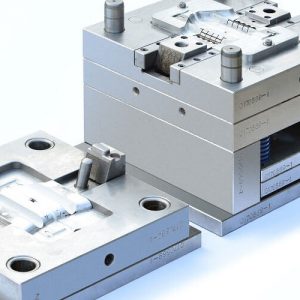Rapid tooling is a technology that speeds up the manufacturing of products and uses additive manufacturing techniques to develop tools. This 3D prototyping service creates prototypes quickly, tests and evaluates them before engaging in total production. Rapid tooling techniques are many, each having its benefits and limitations. The process is ideal for cost-effectively manufacturing small quantities of products, unlike conventional tooling, where the manufacturing prices are high. We expound on the types of rapid tooling and its benefits down below.
Types of Rapid Tooling
There are two main kinds of rapid tooling for prototyping; direct and indirect. Understanding each type is essential for you to use effectively in the prototyping process.
1. Direct Tooling
The tool is usually manufactured from CAD. It’s a fast and straightforward way of creating molds, enabling you to create products. It is used mainly in manufacturing than prototyping. It can still be used in prototyping; however, most designers avoid it due to its limited uses.
It involves fewer steps and resources, and a single mold can be recycled to produce multiple prototypes. Some drawbacks include the possibility of errors in the tool dimensions as several of them are developed without a particular pattern. The prototypes made are not solid and durable, and the process is not suitable for complex designs and materials.
2. Indirect Tooling
It involves the building of a 3D-shaped object from scratch using a machine through additive manufacturing. Unlike direct tooling, it is more common in the prototyping process for experimenting and testing purposes. With a detailed design, you can create several test tools on different materials using the same master pattern.
The pattern is durable; hence it rarely gets damaged. Hard and soft tools can be made depending on the design’s complexity or simplicity. The downside of this process is it consumes more time since it involves more steps that may incur additional costs. When the design changes midway or something is faulty, the pattern must be changed, and the process started again.
What Are The Benefits of Rapid Tooling?
1. Time -Saving
In conventional tooling, special tools and patterns are used to produce molds, and it takes a longer time to make any product. Rapid tooling is fast as only a few steps are needed between the initial idea or design to the evaluation level, thus reducing the time spent. Fast production allows for quick feedback from the client after testing; therefore, a company can secure a niche in the competitive market with their new products.
2. Innovation Opportunity
Rapid tooling comes with a new and wide range of opportunities for improvements. Designers can think of new ideas and develop complex designs and geometries that cannot be created in conventional tooling. Animations can be achieved easily through this process, enabling the designers to keep an open mind.
3. Cost-Effective
The prototypes produced in rapid tooling are similar to what is to be built on a large scale. This saves a lot of money as only the necessary adjustments are made after the testing and evaluation stage.
Final Words
Rapid tooling is a more effortless and less stressful way of developing molds. The transition from conventional tooling has seen significant benefits both in manufacturing and prototyping. As an investor, business person, or entrepreneur, know which type of rapid tooling is best for you before beginning the prototyping process.
